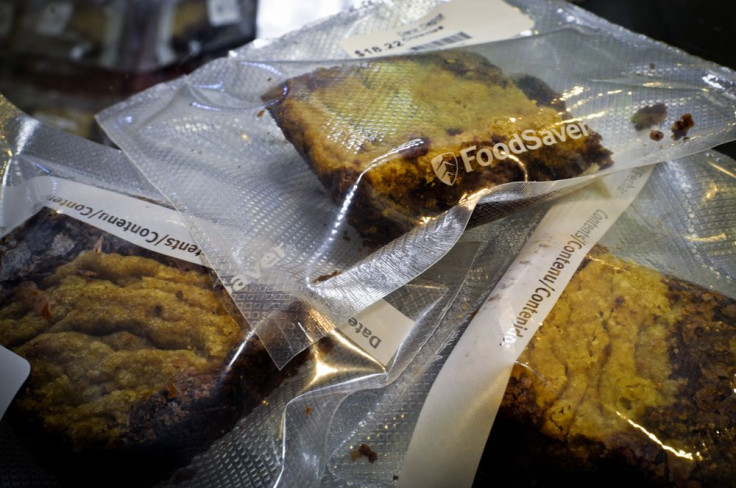Marijuana Edibles Are Often Less Potent Than Their Labels Say, Contain Lower Levels Of Medicinal CBD

Despite that fact that nearly half of the United States has approved medical marijuana laws, the nation is still very much in the middle of its own large scale experiment. From testing how marijuana may treat people suffering from illness to working out the kinks of recreational laws, some might say we jumped into this too soon. That “some” includes scientists involved in a series of medical marijuana articles published in the Journal of the American Medical Association on Tuesday, who called for more rigorous research into the health benefits of marijuana. In a study included in the series, they also called for stricter regulations and oversight after finding many marijuana edibles weren’t properly labeled for their THC content — the level of the psychoactive ingredient within.
Looking at the THC content in baked goods, drinks, and candy or chocolates from three dispensaries in Seattle, San Francisco, and Los Angeles, the researchers found that only 13 of the 75 products tested (17 percent) had labels that accurately indicated their THC content. Of the rest of the products, 17 (23 percent) had more THC than advertised and 45 (60 percent) had lower levels of THC.
“We didn’t have a guess as to how many products would have inaccurate labels, but I was surprised it was so many,” said Dr. Ryan Vandrey, an experimental psychologist and associate professor of psychiatry and behavioral sciences at the Johns Hopkins University School of Medicine, in a press release. “If this study is representative of the medical cannabis market, we may have hundreds of thousands of patients buying cannabis products that are mislabeled.”
The findings highlight a need for stricter regulations for marijuana edibles, which are often used in place of smoking medical marijuana. People who buy edibles with a lower THC content than indicated may be getting ripped off at best, and may not feel the medicinal effects at worst. Meanwhile, those who purchase edibles with higher-than-labeled THC content risk overdosing. Although no one has ever died from an overdose, there have been several reports of overdoses causing severe anxiety, paranoia, panic attacks, and psychotic reactions.
Earlier this year, Colorado adopted stricter rules for labeling edibles. Companies are now required to individually wrap each edible piece or ensure each serving contains 10 milligrams or less of THC; they should be wrapped in childproof packaging; and their labels should include more detailed warnings. These measures were taken after a number of incidences in which children and adults were sent to hospitals for overdoses — and other states could take a page out of Colorado’s book when labeling their own edibles.
Aside from products being mislabeled, the researchers also found most of them didn’t contain high levels of cannabidiol (CBD), which is the main non-psychoactive ingredient believed to confer medicinal benefits for diseases, like multiple sclerosis and epilepsy. “A lot of dispensary owners and medical cannabis proponents make a big case about how therapeutically beneficial CBD is,” Vandrey said. “But our testing indicates that a lot of what’s available in the edible cannabis market may have very little CBD.”
However, until the federal government can reclassify marijuana from a schedule I drug, where it’s defined as having “no currently accepted medical use and a high potential for abuse,” and start regulating the drug’s quality on a federal level, Vandrey says state governments will be tasked with accounting for “the quality and testing of medical marijuana products sold to their residents.”
Source: Vandrey R, Raber J, Raber M, Douglass B, Miller C, Bonn-Miller M. Cannabinoid Dose and Label Accuracy in Edible Medical Cannabis Products. JAMA. 2015.



























